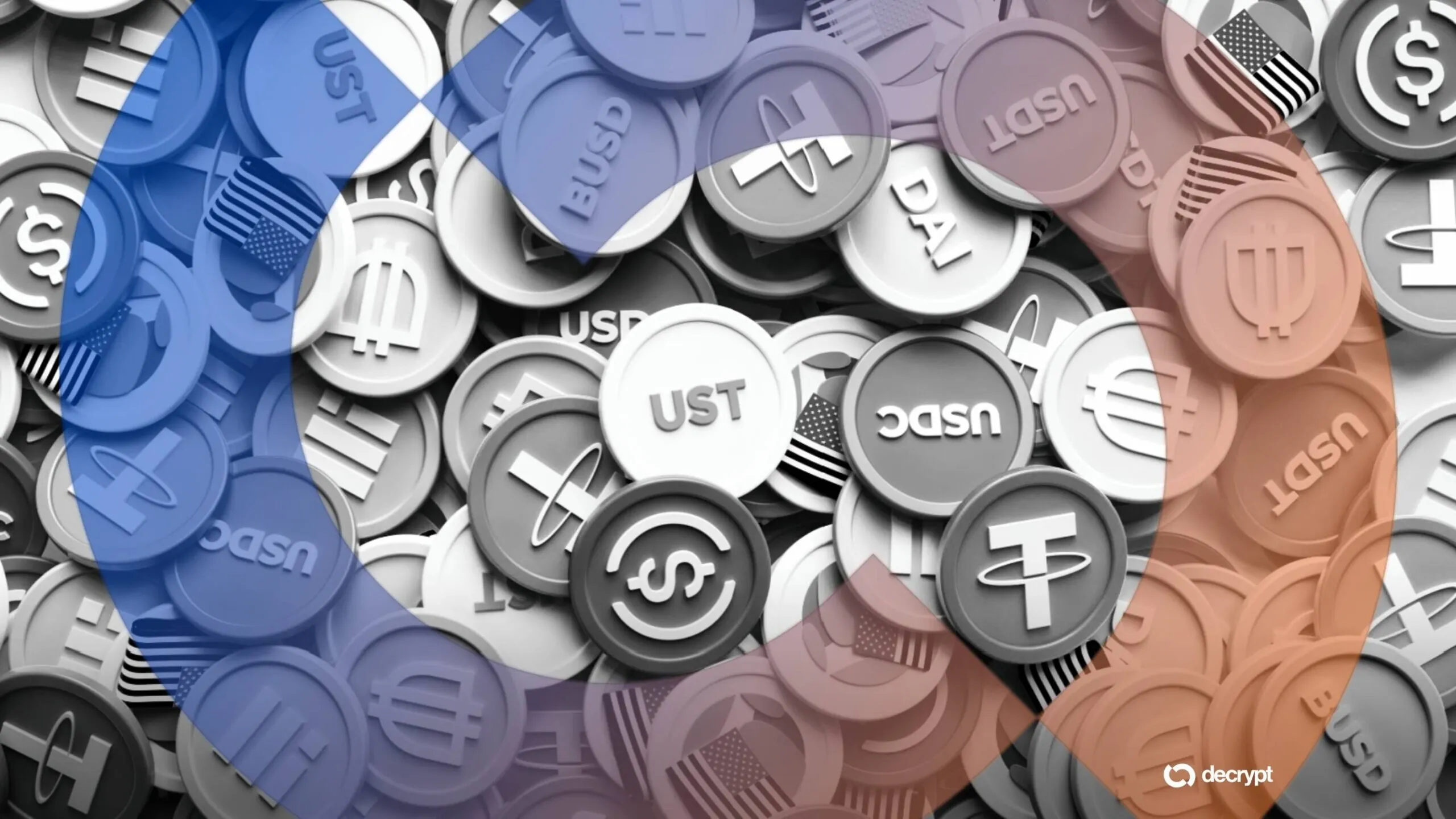In brief
- The Roughrider Coin is scheduled to launch in 2026.
- The stablecoin is built on the FIUSD platform and backed by U.S. dollars.
- The announcement follows Wyoming’s Frontier Stable Token debut in August.
The Bank of North Dakota and financial technology firm Fiserv announced Wednesday that they will launch Roughrider Coin, a U.S. dollar-backed stablecoin set to debut in 2026. The token will operate on Fiserv’s digital asset platform, FIUSD, and be available to the state’s banks and credit unions.
Fiserv launched FIUSD in June, a blockchain-based system that allows banks and credit unions to issue and transfer dollar-backed digital assets.
That same month, Mastercard said it would integrate FIUSD into its global payments network. Built on the Solana blockchain, Roughrider Coin will be the first state-issued stablecoin to use the platform.
“The coin will aim to increase bank-to-bank transactions, encourage global money movement, and drive merchant adoption,” head of embedded finance at Fiserv Sunil Sachdev told Decrypt. “That said, there are still several barriers to widespread adoption, such as building rules around consumer protections like what payments giants Visa and Mastercard offer for card payments.”
Fiserv said the coin will be backed one-to-one with U.S. dollars and interoperable with other assets on the FIUSD platform. The state plans to use it to speed up transactions between North Dakota’s financial institutions.
“The Bank of North Dakota has always been an innovator, and today we announced a partnership with Fiserv to develop ND’s own stablecoin, the Roughrider coin,” North Dakota Governor Kelly Armstrong wrote on X.
“This digital asset, backed by the U.S. dollar, will improve efficiency and quality control in the banking sector, a direct benefit for our residents,” he added.
The name “Roughrider” honors Theodore Roosevelt’s volunteer cavalry regiment from the Spanish–American War.
Roosevelt’s time ranching in the Badlands of western North Dakota helped shape his conservation and leadership ideals. Bank officials said the name reflects both that legacy and the state’s reputation for practical innovation in finance and industry.
Passed in July, the GENIUS Act created the first national framework for payment stablecoins. The North Dakota Industrial Commission said the Roughrider Coin aligns with that law and will support faster, more secure transactions between state financial institutions.
The commission—which oversees the Bank of North Dakota and includes Governor Armstrong, Attorney General Drew Wrigley, and Agriculture Commissioner Doug Goehring—formally authorized the bank to begin developing a beta version of Roughrider Coin earlier this month.
For Sachdev, the Roughrider Coin project reflects growing confidence in blockchain-based finance and the broader shift toward regulated digital money.
“Unlike cryptocurrencies, known for their price volatility, stablecoins offer the benefits of blockchain technology—speed, efficiency, and accessibility—while providing stability more like traditional financial assets,” Sachdev said. “State-issued stablecoins follow the same regulations.”
The launch follows a similar effort in Wyoming, which introduced the Frontier Stable Token (FRNT) in August through a partnership between the Wyoming Stable Token Commission and blockchain infrastructure firm LayerZero.

